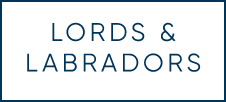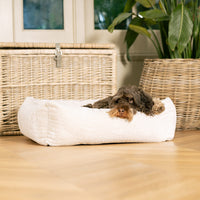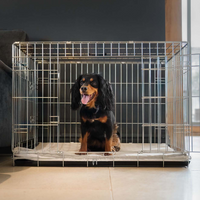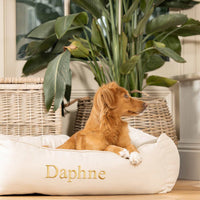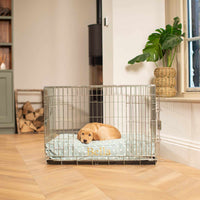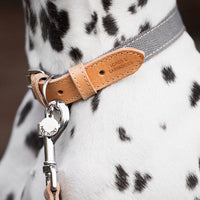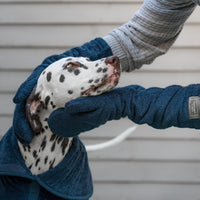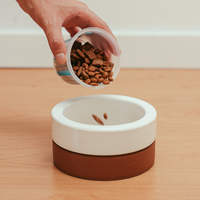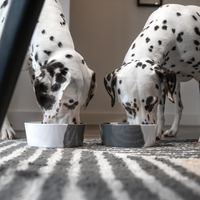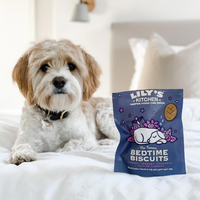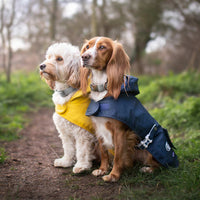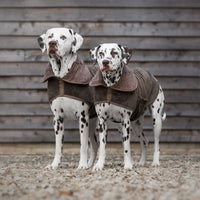Adding a new kitten to your family can be very exciting. It can be so much fun getting to know a new feline personality and getting to cuddle, care for and play with an adorable little furbaby. However, all the new sights, sounds and smells can be overwhelming for your kitty so it’s important to know the steps you should take to help your new addition to feel calm, comfortable and content when they first move in.
By preparing your home for your cat and taking some practical steps to help them settle in, you can help to prevent a whole host of difficult feline issues and behaviours, including stress, aggression, eating problems and spraying.
In this blog, we’ll give you practical tips on how to make your new kitten feel right at home.
How do you settle a new kitten?
Whether you’ve adopted a kitten from a cat shelter or bought one from a breeder, it’s important to know how to help your feline friend to get acquainted with their new home. Here are some top tips to make adjusting to life in their new surroundings less daunting for them.

Get essentials in advance
Don’t leave it until your cat has moved in to get the essentials they require. Give them the best start by getting feeding bowls, water bowls, litter trays, beds, blankets, carriers, scratching posts and cat toys ready in advance of their arrival. That way, they can get used to having the same items from day one.
Prepare a safe room
Giving your new addition the run of your whole house or flat can lead to overstimulation, disorientation and stress. Instead of giving them access to your entire home, you should try to set aside one room or a quiet area of a room that is just for them. A spare room, a utility room or a room under the stairs could work well so long as it is well lit, heated and ventilated. The room should be away from the busier areas of the house if possible so that your cat feels safe and doesn’t feel scared or threatened by loud noises and the general hubbub of a busy household. Everything your cat needs should be placed in this safe room. You should only give your cat access to the rest of the house when they’ve grown accustomed to their space and developed more confidence.
How to make a kitten feel safe
Even when confined to one room with all of their essential items, a cat can still be easily perturbed when they’re in a new environment. By paying heed to the following advice, you can help them to feel safe throughout this important

Give them a hiding spot
Having a cosy nook to hide away in can help an anxious kitty to feel safer and more secure in their new environment. A cardboard box, a den, a hooded bed, a cat stool or a tunnel would be perfect.
Give them access to high spaces
Cats are natural climbers and like to explore the world at all levels. If possible, give your cat access to a safe spot high up so they can put their natural instincts into practice and have somewhere to jump up to when they want to feel more secure. A window sill (as long as the window is shut), a radiator bed or a perch on top of a scratching post or activity centre could work well.
Use scents
Familiar scents can help your cat to feel grounded and secure. Before you take a new cat home, you might want to investigate whether you can take a blanket or towel they’ve used in a foster home, adoption centre or breeders with them to help them to feel safe and comfortable. You may also want to give them an item with your scent on it, such as an old piece of clothing or a blanket to help them to get used to your smell and build their confidence with you. Cat calming sprays can also be great for helping nervous kittens to feel more settled.
How to comfort a new kitten
It can be difficult to see a kitten scared or in distress and your instinct might be to pick them up and give them a great big cuddle. However, this might have the opposite effect on your cat, who might misinterpret your affection. Earning your cat’s trust requires patience and consistency but if you follow these tips, you’re sure to win your kitty over and be their safe space for many years to come.

Let them come to you
As we’ve discussed, it can be very exciting to have a new cat come to live with you and you may be keen to make a fuss of them. If there are children in the home, they may also be eager to handle and cuddle their new furry friend. However, in order to help your kitty to feel safe and comfortable in their new space, it’s important not to force contact. Instead, you should let your kitten come to you in their own time. Being consistent with this can help you to gain your kitten’s trust and get your relationship off to a good start.
Get down on their level
Imagine how tall you must appear to a tiny kitten! Rather than standing up to shake a box of treats or bending down to give your cat a stroke, sit down on the floor and experience the world at your kitten’s level. Doing this will help you to appear less threatening and make your kitten more likely to work up the confidence to get to know you at their pace.
Bond through food
The best way to your cat’s heart is through their tummy. Cats are naturally social creatures but they tend to form the closest bonds with the people who provide them with food, water and safety. Food is fantastic for helping you to develop that special bond you’ll enjoy for the rest of your cat’s life. As well as providing your cat with regular meals, you can supplement their diet with healthy snacks. You can make the feeding experience more fun and enjoy regular playtime sessions together by using interactive toys that release treats for your kitty.
Bringing a new kitten home is undoubtedly an exciting time and, as long as you follow tips like these, your cat is sure to settle into their new environment. If you have questions or concerns about your cat at any stage, however, it’s best to seek advice from a veterinarian.
